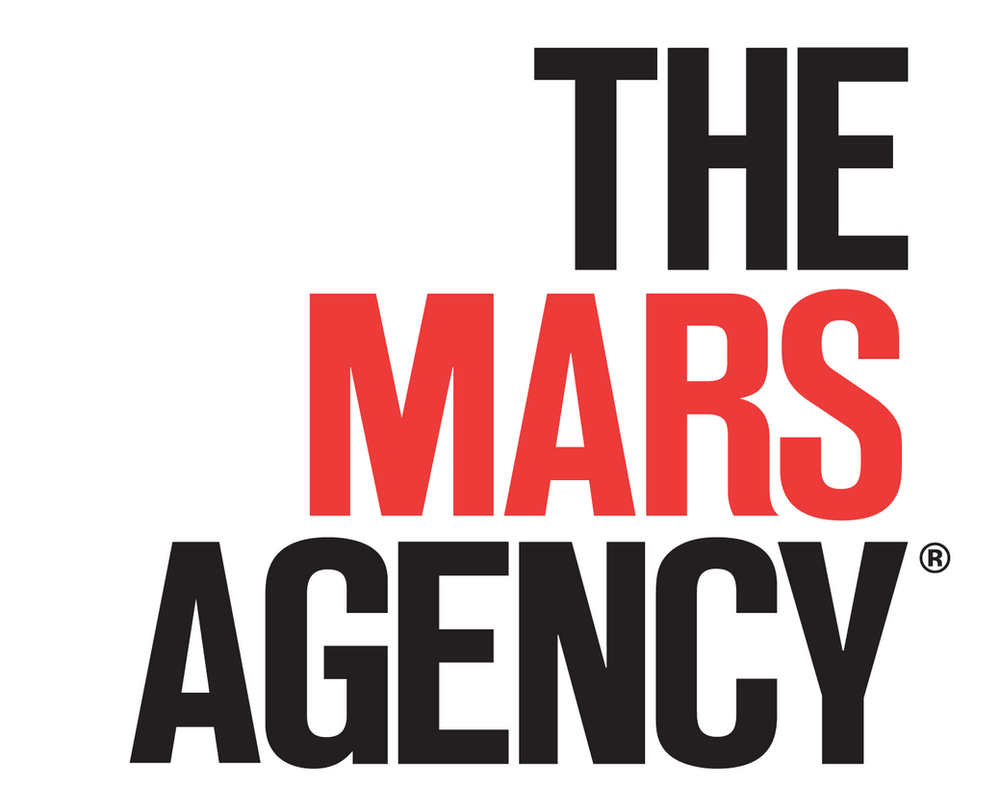The Mars Agency’s Ethan Goodman and Kandi Arrington tackle some of the most common questions that brands are asking about retail media strategy and activation.
QUESTION: What is your viewpoint for employing an “always on” retail media strategy, especially for brands with limited budgets?
Ethan Goodman: Foundationally, your strategy should always depend on your specific marketing objectives and the unique dynamics of your business. Drilling down from there, there are two other factors to consider.
The first is your budget, of course. There’s an inflection point beyond which it doesn’t make sense to be “always on” if your budget is small.

The second is the seasonality of your business, and more specifically the seasonality of your business with your retailer partners. What are your tentpoles? If you’re a snacks brand and fall football is your key drive period with Walmart or Target (as one example), that’s probably when you want to focus heavily.
However, if you have enough budget and your business doesn’t have any major seasonal slants, we do recommend taking an “always on” approach and then pulsing up during key drive periods. With this approach, it might look like there are peaks and valleys in your spending, but you never really go below the “always on” threshold.
We have clients with relatively small budgets whose businesses center on two key tentpole periods. We tell them to plow all of their retail media dollars into those two periods. They can cover potential gaps elsewhere on the calendar through national media, shopper marketing, or trade programs — which, of course, makes it even more important to have top-down connectivity in the organization — but they should use the entire retail media investment to amplify their brands during the most-critical time periods.
Get more insights from previous Retail Media Fast FAQs:
What metrics should brands be using to measure retail media performance?
Are there any best practices for measuring iROAS?
In terms of collaborative joint value planning, what retailer is best in class?
What percentage of your overall marketing spend should be allocated to retail media?
How do you compare results across retailer media networks when attribution windows vary so much?



